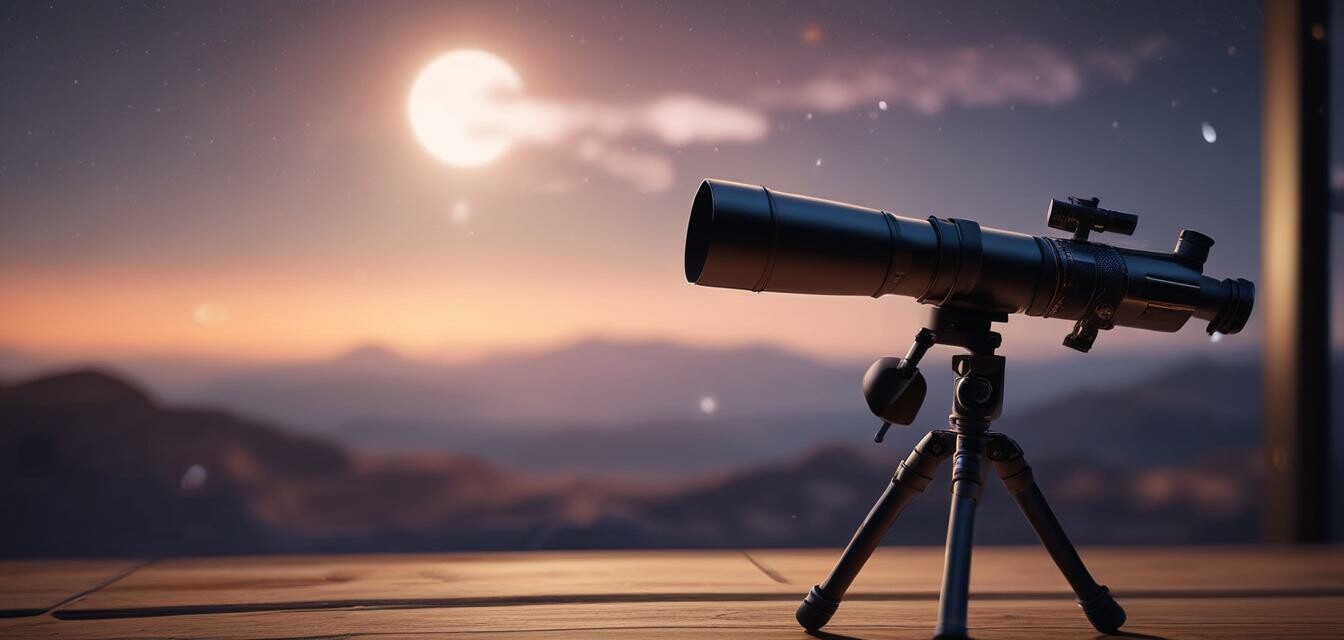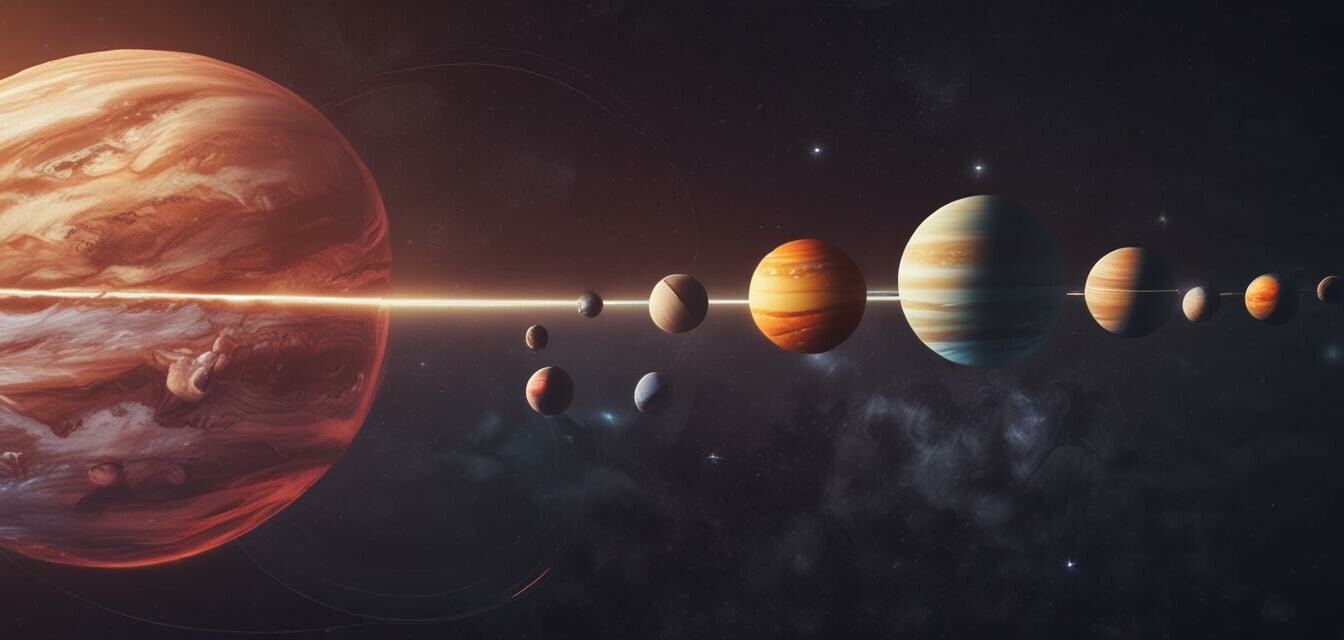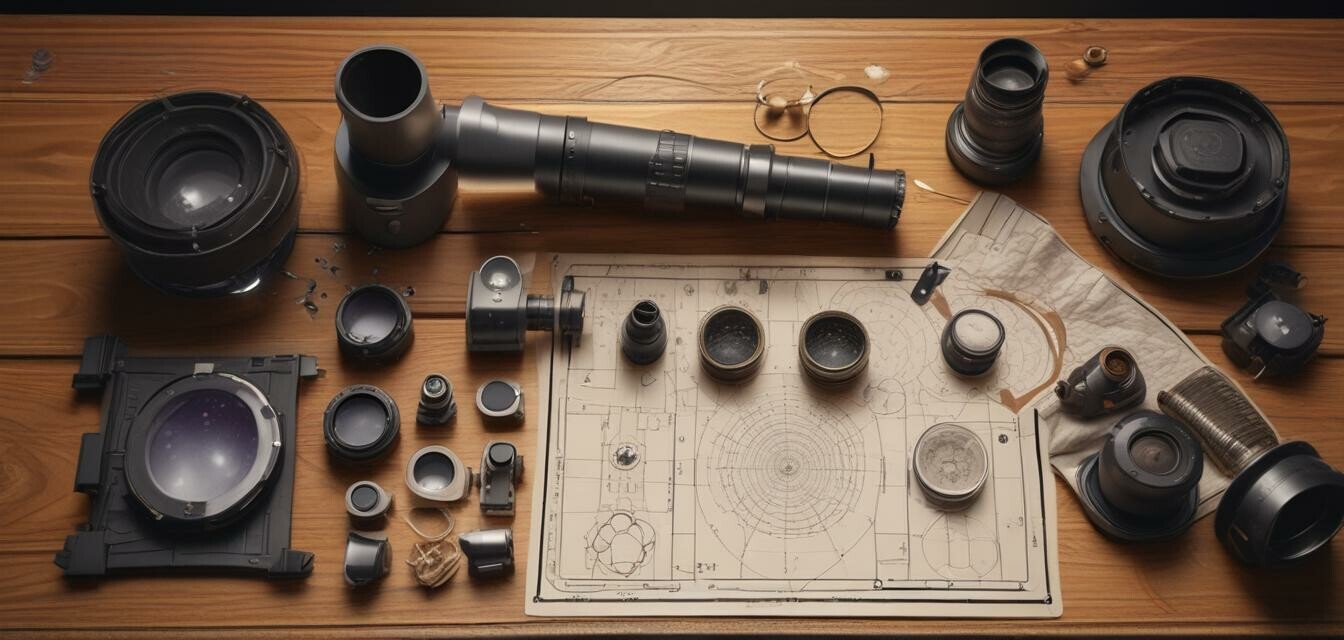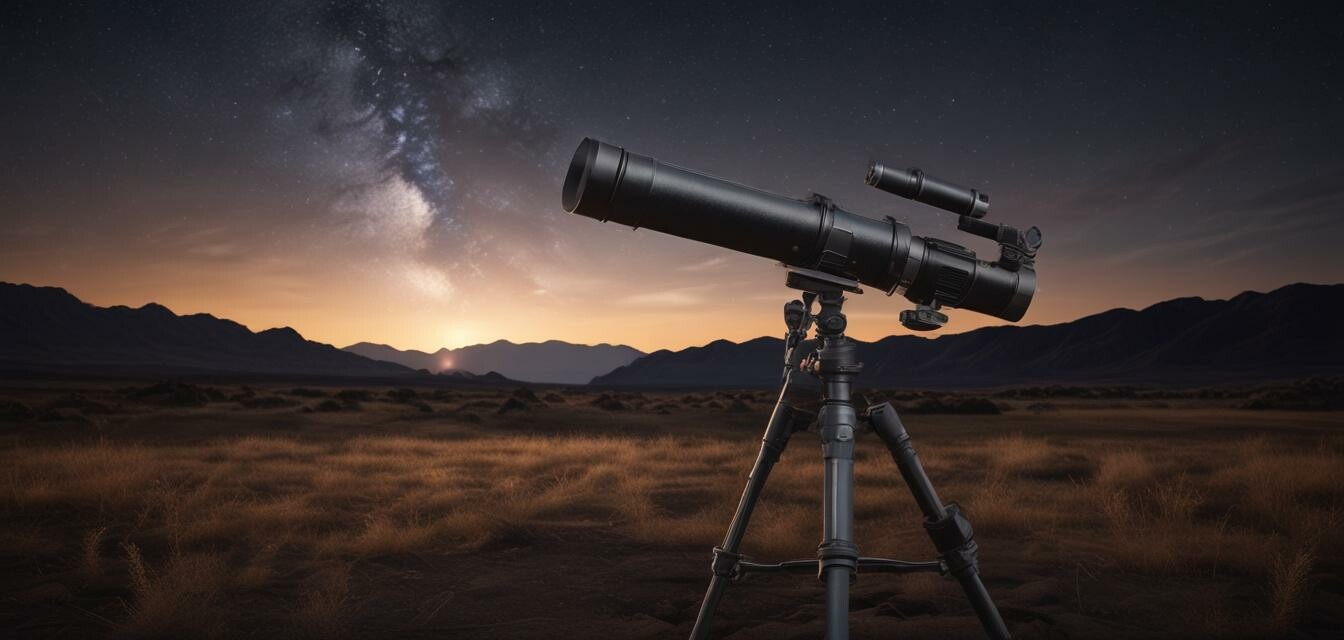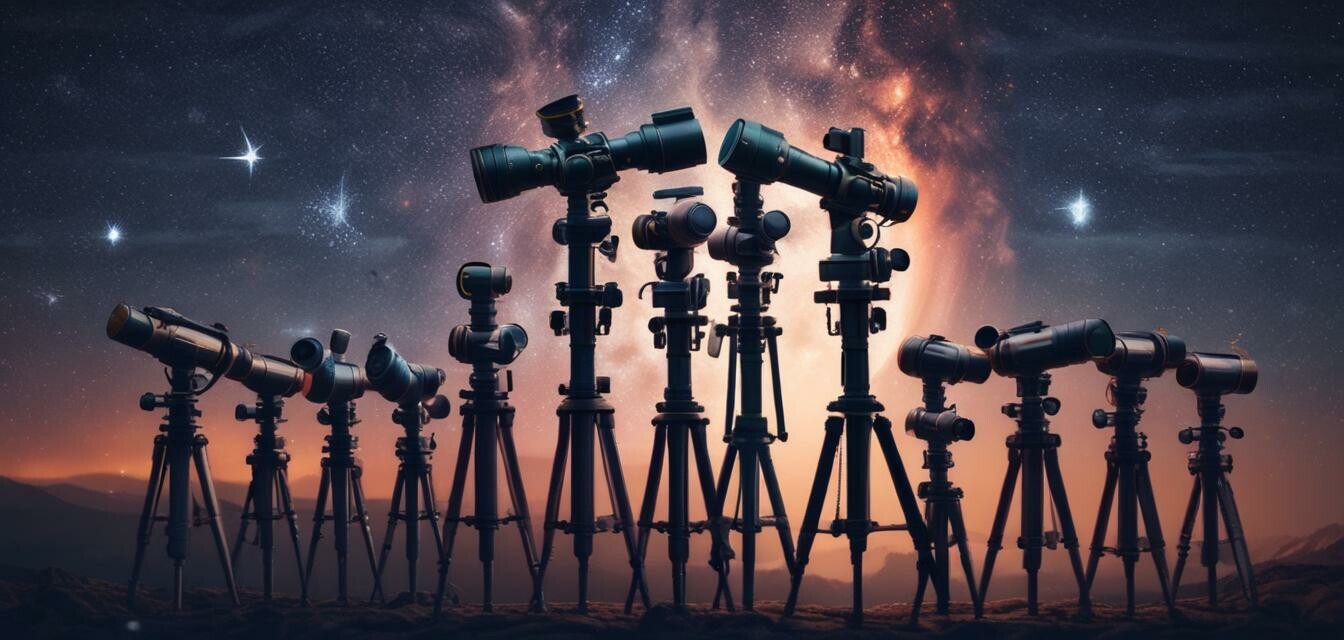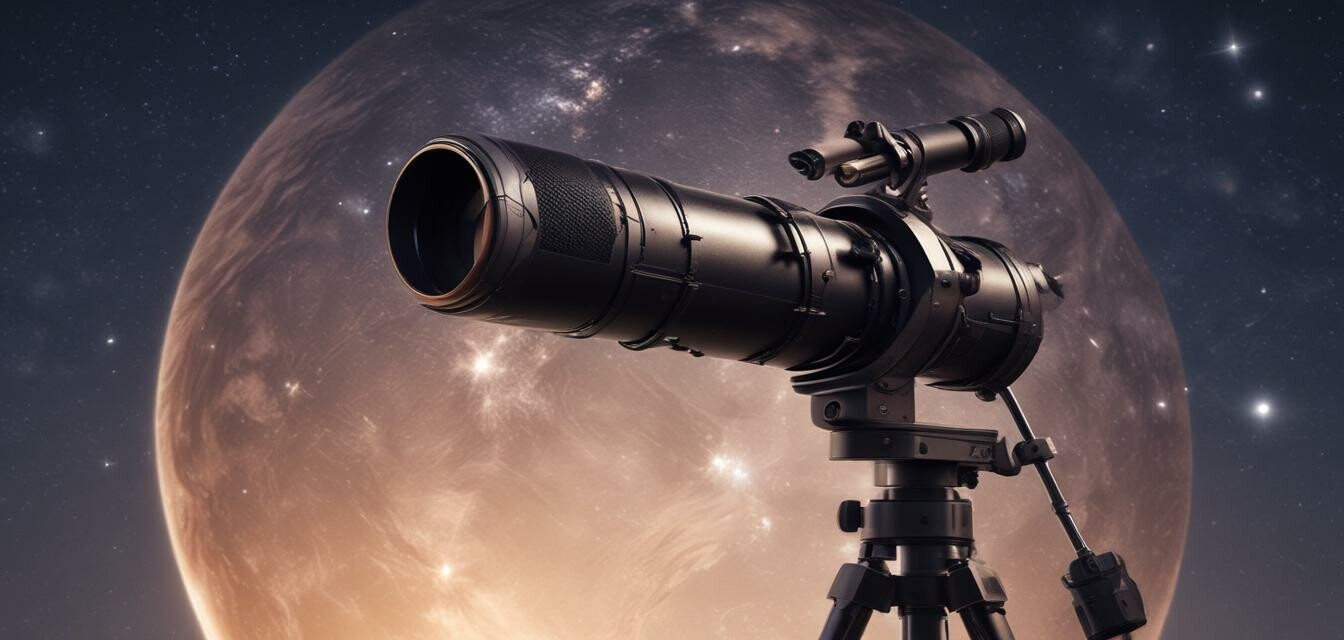
Choosing Planetary Telescopes
Are you eager to explore the wonders of our solar system? From the majestic rings of Saturn to the thrilling storms of Jupiter, planetary telescopes can bring the magic of the cosmos right to your backyard. But with so many options available, how do you choose the perfect telescope for viewing planets? In this article, we'll guide you through the key factors to consider when selecting a planetary telescope that meets your needs and budget.
Key Takeaways
- Consider the type of telescope: Reflector, Refractor, or Catadioptric
- Aperture size matters: Larger apertures reveal more planetary details
- Look for good optical quality and clear images
- Check the telescope's mount and stability
- Consider additional features: computerized tracking, Go-To systems, and more
Understanding Telescope Types
When it comes to planetary telescopes, there are three main types to consider: Reflector, Refractor, and Catadioptric. Each type has its own strengths and weaknesses, so let's break them down:
| Type | Description | Pros | Cons |
|---|---|---|---|
| Reflector | Uses a mirror to gather and focus light | Generally more affordable, larger apertures possible | May require more maintenance, can be bulky |
| Refractor | Uses a lens to gather and focus light | Sharper images, less maintenance required | Generally more expensive, may suffer from chromatic aberration |
| Catadioptric | Combines lenses and mirrors for a hybrid design | Compact, portable, and versatile | May be more expensive than Reflector telescopes |
Aperture Size: The Bigger, the Better?
When it comes to planetary telescopes, aperture size is crucial. A larger aperture allows you to see more detail on the planets, making it an essential factor to consider:
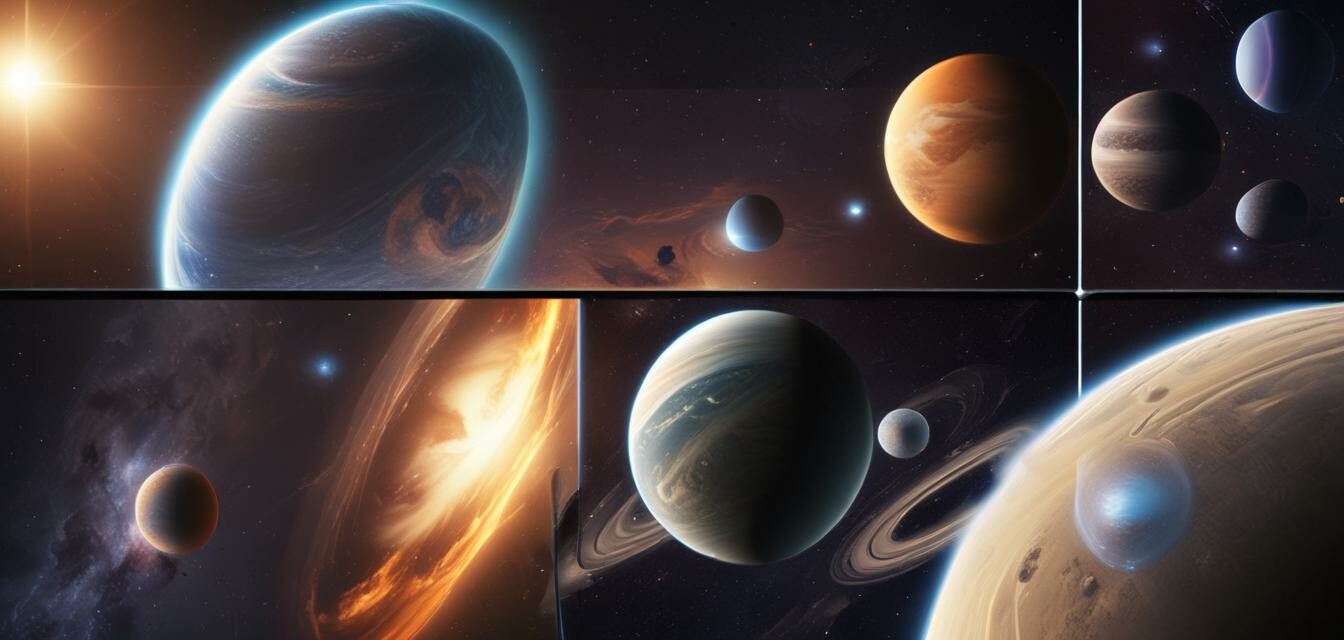
As a general rule, a larger aperture will reveal more planetary details, but it also increases the cost and size of the telescope.
Optical Quality and Image Clarity
A good planetary telescope should provide clear, sharp images of the planets. Look for telescopes with high-quality optics, such as those made from low-dispersion glass or with advanced coatings:
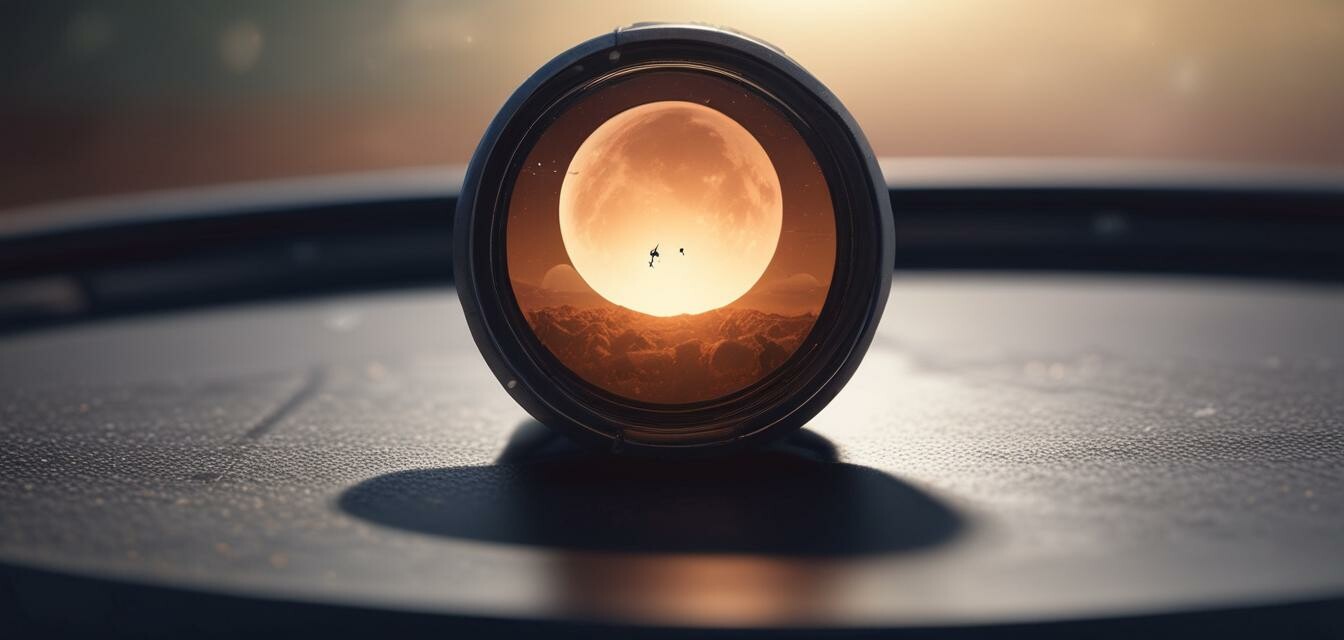
Check the telescope's optical quality by reading reviews, consulting with experts, or testing the telescope in person.
Mount and Stability
A sturdy mount is essential for a planetary telescope, as it ensures the telescope remains stable and aligned during use:
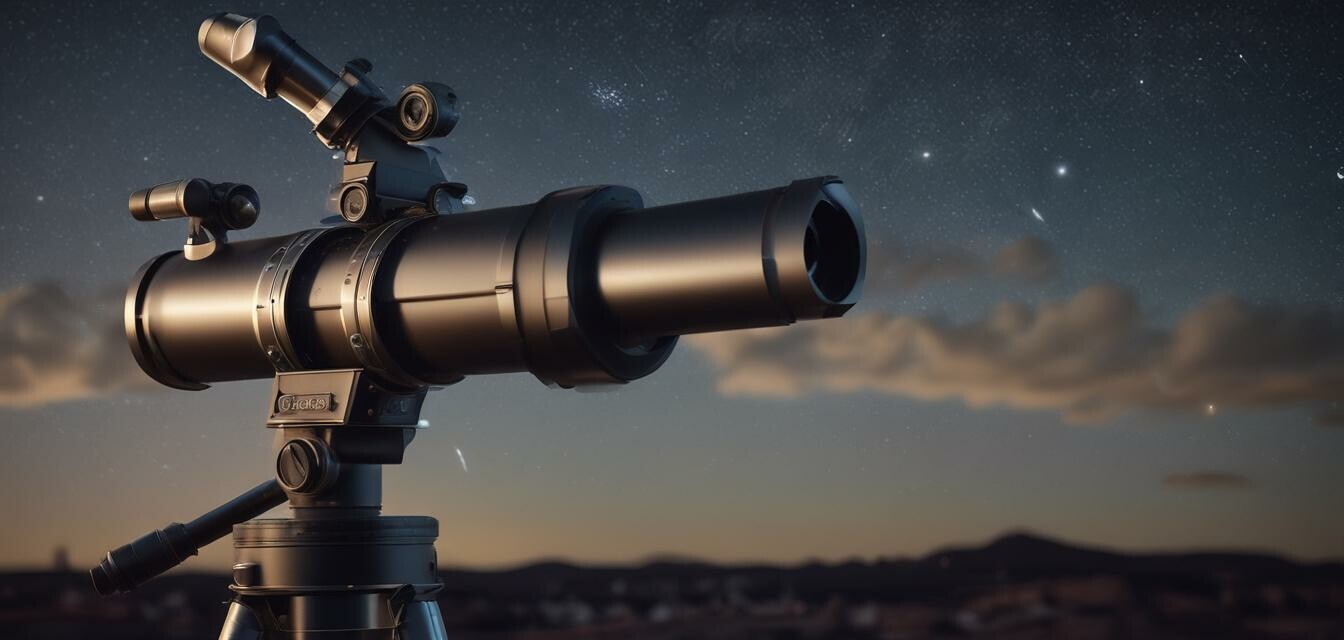
Look for mounts with smooth motion, sturdy construction, and adjustable settings for a comfortable viewing experience.
Additional Features to Consider
Some planetary telescopes come with additional features that can enhance your viewing experience:
- Computerized tracking: allows the telescope to automatically track celestial objects
- Go-To systems: enable the telescope to locate objects quickly and easily
- Motorized drives: provide smooth, automated motion
- Smartphone adaptors: allow you to capture images and videos with your smartphone
Consider your needs and budget when deciding which features are essential for you.
Pros
- Explore the wonders of our solar system in stunning detail
- Perfect for beginners and experienced astronomers alike
- Can be a fun and educational hobby for the whole family
Cons
- May require some technical knowledge and setup
- Can be expensive, especially for high-quality models
- Weather conditions may affect viewing quality
Beginners Section
Ready to start your planetary telescope journey? Here are some tips for beginners:
- Start with a smaller aperture telescope and upgrade as you gain experience
- Invest in a good quality mount and tripod for stability
- Practice using your telescope during the day to get familiar with its operation
- Join online astronomy communities or local astronomy clubs for support and guidance
For more information on getting started with telescopes, check out our Astronomy Binoculars and Telescope Accessories pages.
Choosing the right planetary telescope can be a daunting task, but by considering the factors mentioned above, you'll be well on your way to exploring the wonders of our solar system. Happy stargazing!
